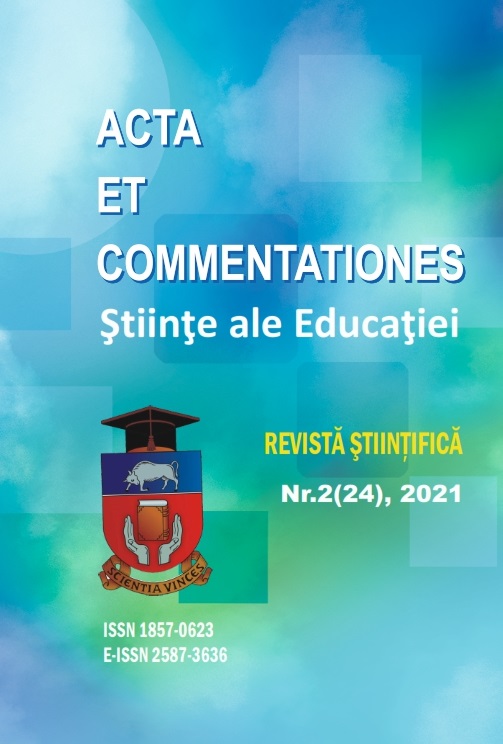Abstract
Computational thinking will influence everyone in every field of activity. This vision represents a new educational challenge for our society, especially for our children. When we "think computationally", we must pay attention to the three factors: science, technology and society. The acceleration of technological progress and the requirements of society at the current stage forces us to review the most basic scientific questions related to computational thinking. Nowadays, school systems emphasize the relevance of "computational thinking" and educational robotics not only in STEM education (science, technology, engineering and mathematics), but also in other humanities as strengthening students' creativity and ability to solve problems. This article presents a synthesis of computational thinking with examples of its development in primary school through educational robotics.

This work is licensed under a Creative Commons Attribution-NonCommercial 4.0 International License.
